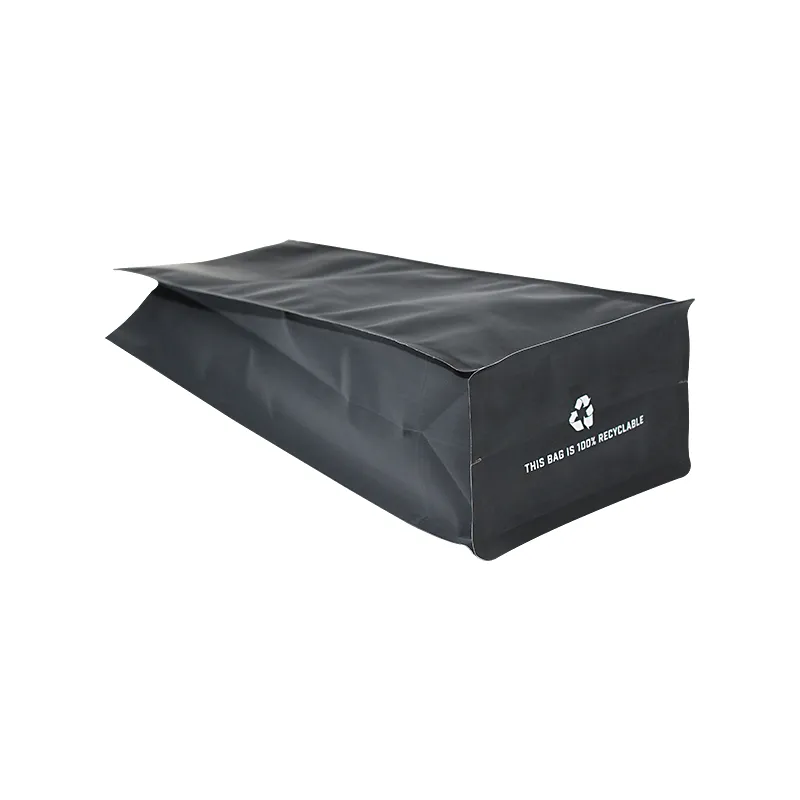- Afrikaans
- Albanian
- Amharic
- Arabic
- Armenian
- Azerbaijani
- Basque
- Belarusian
- Bengali
- Bosnian
- Bulgarian
- Catalan
- Cebuano
- chinese_simplified
- chinese_traditional
- Corsican
- Croatian
- Czech
- Danish
- Dutch
- English
- Esperanto
- Estonian
- Finnish
- French
- Frisian
- Galician
- Georgian
- German
- Greek
- Gujarati
- haitian_creole
- hausa
- hawaiian
- Hebrew
- Hindi
- Miao
- Hungarian
- Icelandic
- igbo
- Indonesian
- irish
- Italian
- Japanese
- Javanese
- Kannada
- kazakh
- Khmer
- Rwandese
- Korean
- Kurdish
- Kyrgyz
- Lao
- Latin
- Latvian
- Lithuanian
- Luxembourgish
- Macedonian
- Malgashi
- Malay
- Malayalam
- Maltese
- Maori
- Marathi
- Mongolian
- Myanmar
- Nepali
- Norwegian
- Norwegian
- Occitan
- Pashto
- Persian
- Polish
- Portuguese
- Punjabi
- Romanian
- Russian
- Samoan
- scottish-gaelic
- Serbian
- Sesotho
- Shona
- Sindhi
- Sinhala
- Slovak
- Slovenian
- Somali
- Spanish
- Sundanese
- Swahili
- Swedish
- Tagalog
- Tajik
- Tamil
- Tatar
- Telugu
- Thai
- Turkish
- Turkmen
- Ukrainian
- Urdu
- Uighur
- Uzbek
- Vietnamese
- Welsh
- Bantu
- Yiddish
- Yoruba
- Zulu
Understanding the Weight of Cardboard Boxes for Shipping and Packaging Needs
How Much Does a Cardboard Box Weigh?
Cardboard boxes are ubiquitous in our daily lives, serving a multitude of purposes from packaging goods to organizing items within our homes. However, the question often arises how much does a cardboard box weigh? The answer varies significantly based on several factors, including the size, type, and construction of the box.
Understanding Cardboard
Before delving into the weight of cardboard boxes, it's essential to understand what cardboard is. Cardboard, often referred to as corrugated cardboard, typically consists of three layers an inner layer called the fluting, sandwiched between two flat layers known as liners. This structure gives cardboard its strength and durability, making it an ideal material for shipping and protecting goods.
Weight Considerations
The weight of a cardboard box can range from as little as a few ounces to several pounds or more, highly dependent on its dimensions and the thickness of the material used. Here are some common types of cardboard boxes and their estimated weights
1. Regular Slotted Container (RSC) This is the most common box style, typically used for shipping products. An RSC box that measures 12 x 12 x 12 usually weighs around 0.5 to 1 pound. However, larger boxes, such as a 24 x 24 x 24 RSC, can weigh approximately 2 to 3 pounds.
2. Die-Cut Boxes These boxes, which are custom-made with specific designs, can weigh more or less than standard boxes depending on their intricacy and thickness. A medium-sized die-cut box may weigh between 1 to 2 pounds.
3. Pizza Boxes Designed to be lightweight yet durable, standard pizza boxes measuring 14 x 14 typically weigh around 0.5 pounds. This lightweight design is crucial for keeping delivery costs low.
how much does cardboard box weigh

4. Heavy-Duty Boxes Some boxes are constructed to carry heavier items. These heavy-duty boxes can weigh between 3 to 5 pounds or more, depending on their size and thickness.
5. Specialty Boxes There are also specialized boxes such as those used for electronics, which may incorporate additional protective materials. These can weigh considerably more than standard cardboard boxes due to their added features.
The Impact of Size and Thickness
One of the most significant factors influencing the weight of a cardboard box is its size. A larger box requires more material, inherently increasing its weight. Similarly, the thickness of the cardboard plays a crucial role; boxes made from thicker, more robust cardboard are designed to support greater weight and will tend to weigh more than those made from standard materials.
Environmental and Practical Considerations
As we become more conscious of our environmental impact, the weight of cardboard boxes is also a consideration in sustainability efforts. Lighter cardboard boxes not only reduce shipping costs but also require less energy to produce. Many companies are now focusing on minimizing material usage in order to create eco-friendly packaging solutions.
Additionally, the weight of a cardboard box can affect logistics and storage. Heavier boxes may require additional handling or stronger shelving solutions, while lighter boxes allow for easier stacking and transportation.
Conclusion
In conclusion, the weight of a cardboard box is a variable factor influenced by its size, type, construction, and intended use. Whether it's a small pizza box or a large shipping container, understanding the weight of different cardboard box styles helps consumers and businesses make informed choices. As packaging needs evolve, so too will the materials and methods used in creating cardboard boxes, ensuring they remain a vital part of logistics and daily life. Understanding these details can lead to better sustainability practices and more efficient shipping processes.













